Home>Furniture & Design>Bathroom Accessories>Do You Wipe When You Use A Bidet
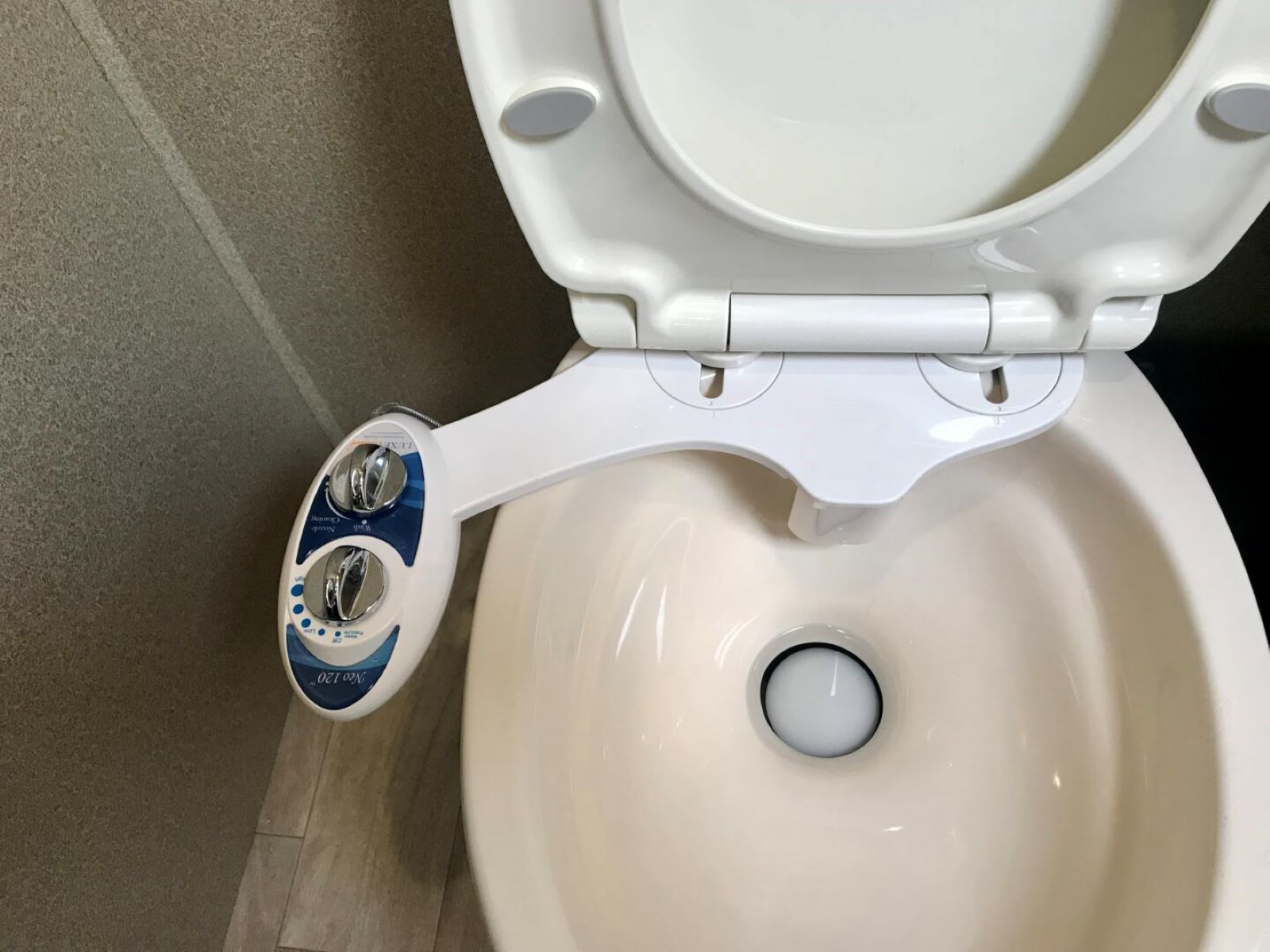

Bathroom Accessories
Do You Wipe When You Use A Bidet
Modified: March 2, 2024
Discover the proper use of a bidet and essential bathroom accessories. Learn about bidet etiquette and hygiene for a cleaner, more sustainable lifestyle.
(Many of the links in this article redirect to a specific reviewed product. Your purchase of these products through affiliate links helps to generate commission for Storables.com, at no extra cost. Learn more)
Introduction
The bidet, a fixture that has been a staple in European bathrooms for centuries, is gaining popularity in the United States and other parts of the world. As people seek more hygienic and eco-friendly alternatives to traditional toilet paper, the bidet has emerged as a compelling solution. This article will delve into the intricacies of bidets, addressing common questions and misconceptions surrounding their use. From understanding how bidets work to exploring the benefits they offer, we will uncover the truth about this innovative bathroom accessory. So, do you wipe when you use a bidet? Let's find out.
Key Takeaways:
- Bidets offer a more thorough and eco-friendly alternative to traditional toilet paper, promoting enhanced cleanliness and comfort in the bathroom. They reduce the reliance on toilet paper and contribute to environmental sustainability.
- Bidets, especially electronic ones, provide a customizable and hygienic cleansing experience, dispelling misconceptions about their complexity and unsanitary nature. They offer a refreshing and comfortable option for personal hygiene.
Read more: How Do You Use A Portable Bidet
What is a bidet?
A bidet is a bathroom fixture designed for personal hygiene, particularly after using the toilet. It typically resembles a low, basin-like bowl or a small sink and is situated near the toilet. The primary function of a bidet is to cleanse the genital and anal areas, providing a more thorough and hygienic alternative to toilet paper.
There are various types of bidets, including standalone fixtures and bidet attachments that can be added to existing toilets. Standalone bidets are separate fixtures located next to the toilet and are equipped with a water jet for cleansing. Bidet attachments, on the other hand, are installed on existing toilets and offer similar cleansing functions through adjustable water nozzles.
In recent years, technological advancements have led to the development of electronic bidet seats, also known as washlets, which are equipped with features such as adjustable water temperature, water pressure, and air drying. These modern bidet seats offer a luxurious and customizable cleansing experience.
The use of bidets is not limited to personal hygiene after using the toilet. Some individuals also use bidets for general cleansing and refreshing, similar to a mini-shower, especially during hot weather or after engaging in physical activities.
Overall, bidets are designed to promote cleanliness, comfort, and a heightened sense of personal hygiene, making them a valuable addition to any bathroom. As the demand for sustainable and hygienic bathroom solutions continues to grow, bidets are increasingly recognized for their ability to offer a more thorough and environmentally friendly alternative to traditional toilet paper.
How does a bidet work?
A bidet operates by directing a stream of water to cleanse the genital and anal areas after using the toilet. The process begins with the user adjusting the water temperature and pressure settings, ensuring a comfortable and personalized cleansing experience. Upon activation, the water jet, located within the bidet fixture or attachment, delivers a gentle yet effective stream of water to the targeted areas.
The design of the bidet allows for precise positioning of the water jet, ensuring thorough cleansing while minimizing water usage. Some bidet models feature adjustable nozzles that can be customized to accommodate individual preferences and body types. Additionally, electronic bidet seats often incorporate advanced features such as oscillating and pulsating water streams, further enhancing the cleansing process.
In the case of bidet attachments, the installation process is relatively straightforward, typically involving the attachment of a nozzle to the existing toilet and connection to the water supply. These attachments are designed to seamlessly integrate with various toilet models, offering a cost-effective and space-saving solution for incorporating bidet functionality into the bathroom.
Electronic bidet seats, or washlets, are equipped with additional features such as heated seats, air drying, and deodorizing functions, elevating the overall cleansing experience. These advanced functionalities are controlled through user-friendly interfaces, allowing individuals to tailor the settings to their preferences with ease.
The utilization of water for personal hygiene not only offers a more thorough cleansing experience but also contributes to environmental sustainability by reducing the consumption of toilet paper. As individuals become increasingly conscious of their ecological footprint, the eco-friendly nature of bidets has become a compelling factor in their widespread adoption.
Overall, the functionality of a bidet revolves around the efficient and hygienic use of water to promote cleanliness and comfort. By incorporating innovative design elements and customizable features, bidets offer a modern and sustainable approach to personal hygiene, catering to the evolving needs of individuals seeking enhanced cleanliness and well-being in the bathroom.
Do you still need to wipe when using a bidet?
One of the most common questions surrounding the use of bidets is whether traditional toilet paper is still necessary. The answer to this question largely depends on personal preference and the type of bidet being used. When using a standalone bidet or a bidet attachment that solely provides a water-cleansing function, it is generally recommended to use a small amount of toilet paper or a towel to pat dry after using the bidet. This helps to ensure that the area is completely dry, promoting comfort and preventing moisture buildup.
However, with the advent of electronic bidet seats, the need for traditional wiping is significantly reduced. Modern bidet seats, commonly known as washlets, are equipped with advanced features such as air drying, eliminating the need for toilet paper altogether. After the cleansing process is complete, the user can activate the air-drying function, which gently and efficiently dries the cleansed areas, providing a seamless and hygienic experience.
The decision to wipe or not to wipe when using a bidet ultimately comes down to individual preferences and the specific features of the bidet being used. While some individuals may prefer the reassurance of a final wipe, others may find the comprehensive cleansing and drying functions of electronic bidet seats to be sufficient on their own.
It's important to note that the use of bidets, particularly electronic bidet seats, offers a more thorough and hygienic alternative to traditional wiping with toilet paper. The gentle yet effective water cleansing provided by bidets ensures a higher level of cleanliness, reducing the reliance on toilet paper and promoting a more eco-friendly approach to personal hygiene.
As the popularity of bidets continues to rise, especially in regions where they were not traditionally prevalent, individuals are discovering the convenience and comfort that bidets offer. Whether it's the minimal need for toilet paper or the customizable features of electronic bidet seats, the use of bidets is reshaping personal hygiene practices and elevating the bathroom experience for users around the world.
Yes, you should still wipe after using a bidet to ensure that you are completely clean and dry. Use a small amount of toilet paper to pat yourself dry after using the bidet.
Benefits of using a bidet
Using a bidet offers a multitude of benefits that contribute to enhanced personal hygiene, comfort, and environmental sustainability. As individuals seek more effective and eco-friendly alternatives to traditional toilet paper, bidets have emerged as a compelling solution, providing a range of advantages that cater to the evolving needs of modern bathroom users.
-
Improved Hygiene: Bidets offer a more thorough and hygienic cleansing experience compared to traditional wiping with toilet paper. The use of water ensures effective removal of bacteria and residue, promoting a higher level of cleanliness and reducing the risk of irritation or infection.
-
Comfort and Refreshment: The gentle stream of water provided by bidets offers a refreshing and comfortable cleansing experience, particularly beneficial for individuals with sensitive skin or those seeking relief from discomfort associated with traditional wiping.
-
Reduced Reliance on Toilet Paper: By incorporating water-based cleansing, bidets significantly reduce the reliance on toilet paper, contributing to environmental sustainability and reducing the consumption of paper products. This eco-friendly approach aligns with the growing emphasis on sustainable living practices.
-
Customizable Features: Electronic bidet seats, or washlets, are equipped with customizable features such as adjustable water temperature, pressure, and nozzle positioning, allowing users to tailor the cleansing experience to their preferences and individual needs.
-
Enhanced Comfort and Convenience: The availability of features such as heated seats, air drying, and deodorizing functions in electronic bidet seats elevates the overall bathroom experience, providing added comfort and convenience for users.
-
Promotion of Independence and Accessibility: Bidets, particularly bidet attachments and electronic bidet seats, offer enhanced accessibility for individuals with mobility challenges or disabilities, promoting independence and facilitating personal hygiene with ease.
-
Reduction of Irritation and Sensitivity: The gentle and thorough cleansing provided by bidets can help reduce irritation and sensitivity associated with traditional wiping, offering a more soothing and comfortable experience for users.
-
Promotion of Well-being: The comprehensive cleansing and comfort provided by bidets contribute to a heightened sense of well-being, promoting confidence and a greater focus on personal hygiene.
Overall, the benefits of using a bidet extend beyond improved hygiene, encompassing comfort, sustainability, and personalized cleansing experiences. As individuals seek modern and eco-friendly solutions for their bathroom routines, bidets have emerged as a valuable addition, offering a range of advantages that cater to diverse preferences and needs.
Read more: What Do You Dry With After Using A Bidet
Common misconceptions about bidets
Misconceptions about bidets abound, often stemming from a lack of familiarity with this innovative bathroom fixture. Addressing these misconceptions is crucial in dispelling myths and fostering a better understanding of the benefits and functionality of bidets. Let's explore some common misconceptions and unravel the truth behind them.
-
Bidets are unsanitary: One prevalent misconception is that bidets are unhygienic or unsanitary. In reality, bidets are designed for personal cleansing and promote a higher level of hygiene compared to traditional toilet paper. The use of water ensures thorough cleansing, reducing the risk of bacterial residue and promoting a cleaner and more comfortable experience.
-
Bidets are complicated to use: Some individuals may perceive bidets as complex or challenging to use. However, modern bidet attachments and electronic bidet seats are designed with user-friendly interfaces and intuitive controls, making them easy to operate. The cleansing process is straightforward and customizable, catering to individual preferences with minimal effort.
-
Bidets are only for the wealthy or elite: There is a misconception that bidets are exclusive to upscale or luxurious bathrooms. In reality, bidet attachments and affordable standalone bidets are readily available, offering cost-effective solutions for incorporating bidet functionality into any bathroom. The increasing accessibility and affordability of bidets have contributed to their widespread adoption across diverse demographics.
-
Bidets waste excessive water: Concerns about water wastage are often associated with bidets. However, bidets are designed to deliver efficient and targeted water usage, minimizing wastage while providing thorough cleansing. Additionally, the reduction in toilet paper consumption associated with bidet use contributes to overall water conservation and environmental sustainability.
-
Bidets are uncomfortable or intrusive: Some individuals may perceive bidets as uncomfortable or intrusive due to a lack of familiarity with their functionality. In reality, bidets offer a gentle and customizable cleansing experience, promoting comfort and refreshment. The adjustable features of electronic bidet seats cater to individual preferences, ensuring a personalized and comfortable cleansing process.
By addressing these misconceptions, individuals can gain a clearer understanding of the practicality, hygiene benefits, and user-friendly nature of bidets. As bidets continue to gain traction as a sustainable and hygienic bathroom solution, dispelling misconceptions is essential in promoting informed decision-making and embracing modern approaches to personal hygiene.
Conclusion
In conclusion, the bidet represents a transformative addition to modern bathroom hygiene, offering a range of benefits that cater to the evolving needs of individuals seeking enhanced cleanliness, comfort, and sustainability. As the popularity of bidets continues to rise, it is essential to recognize the positive impact they have on personal hygiene practices and environmental conservation.
The comprehensive cleansing provided by bidets, whether through standalone fixtures, bidet attachments, or electronic bidet seats, promotes a higher level of hygiene compared to traditional wiping with toilet paper. The use of water ensures effective removal of bacteria and residue, reducing the risk of irritation and infection. Additionally, bidets offer a refreshing and comfortable cleansing experience, contributing to overall well-being and comfort for users.
Furthermore, bidets significantly reduce the reliance on toilet paper, aligning with the growing emphasis on environmental sustainability. By minimizing paper product consumption, bidets contribute to water conservation and eco-friendly living practices. The availability of customizable features in electronic bidet seats, such as adjustable water temperature, pressure, and air drying, enhances the overall bathroom experience, providing added comfort and convenience for users.
Dispelling common misconceptions about bidets is crucial in fostering a better understanding of their functionality and benefits. Addressing concerns related to hygiene, usability, affordability, water conservation, and comfort is essential in promoting informed decision-making and embracing modern approaches to personal hygiene.
As bidets continue to gain traction as a sustainable and hygienic bathroom solution, it is evident that they offer a compelling alternative to traditional toilet paper and contribute to a more eco-friendly and comfortable bathroom experience. Whether it's the improved hygiene, reduced environmental impact, or enhanced comfort and convenience, bidets have reshaped personal hygiene practices and elevated the bathroom experience for users around the world. Embracing the benefits of bidets represents a step towards a more sustainable, hygienic, and comfortable future in bathroom hygiene.
Frequently Asked Questions about Do You Wipe When You Use A Bidet
Was this page helpful?
At Storables.com, we guarantee accurate and reliable information. Our content, validated by Expert Board Contributors, is crafted following stringent Editorial Policies. We're committed to providing you with well-researched, expert-backed insights for all your informational needs.
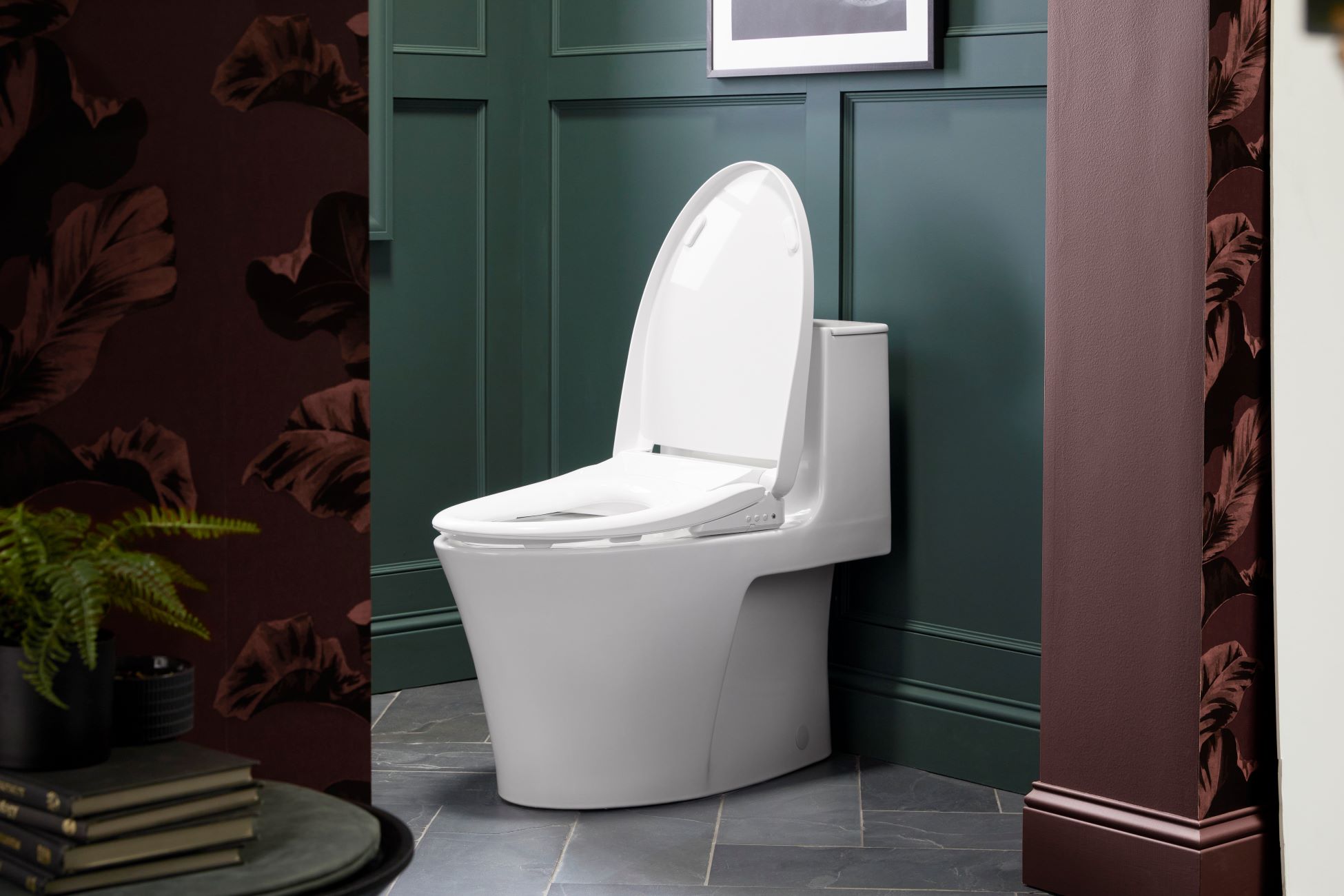
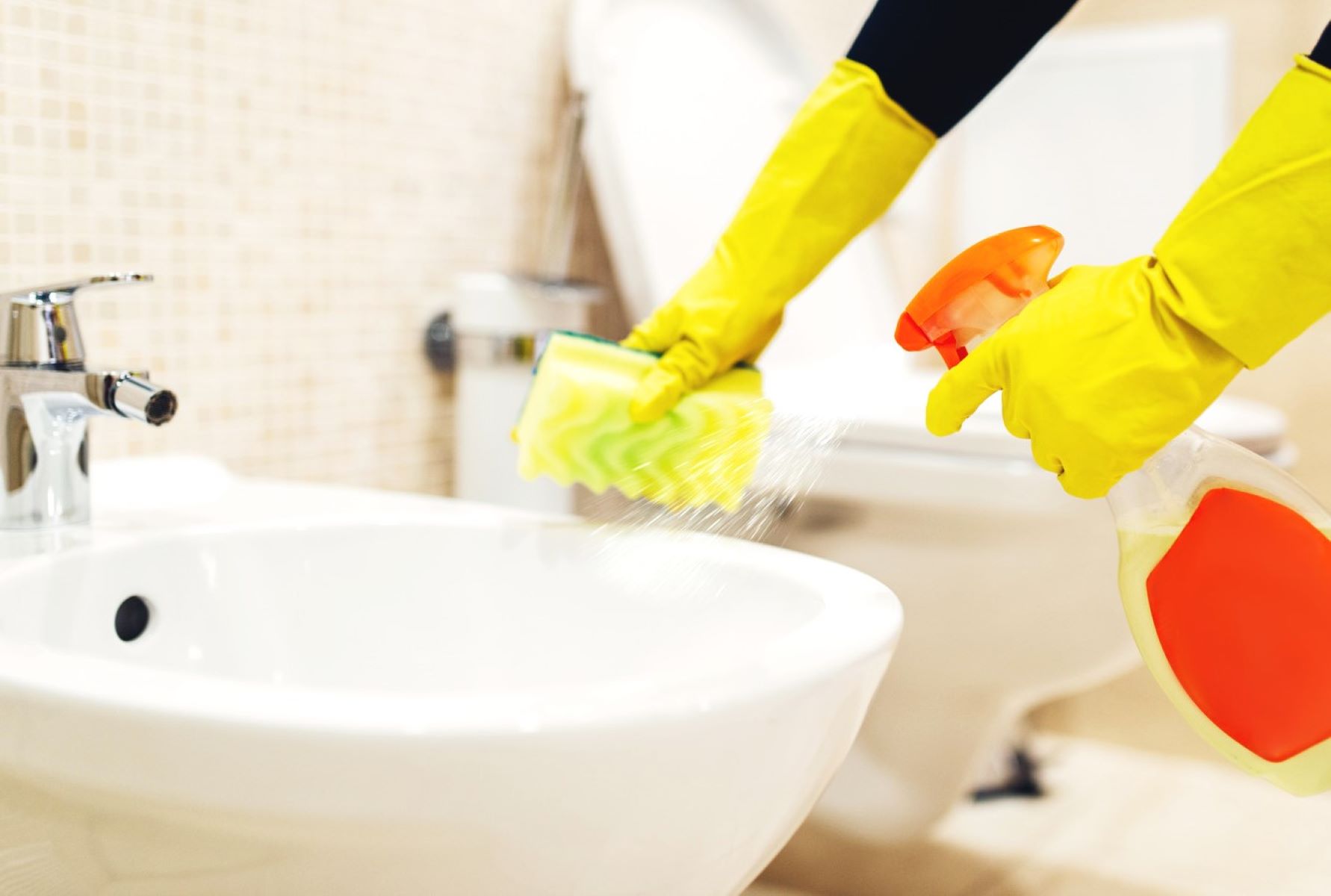
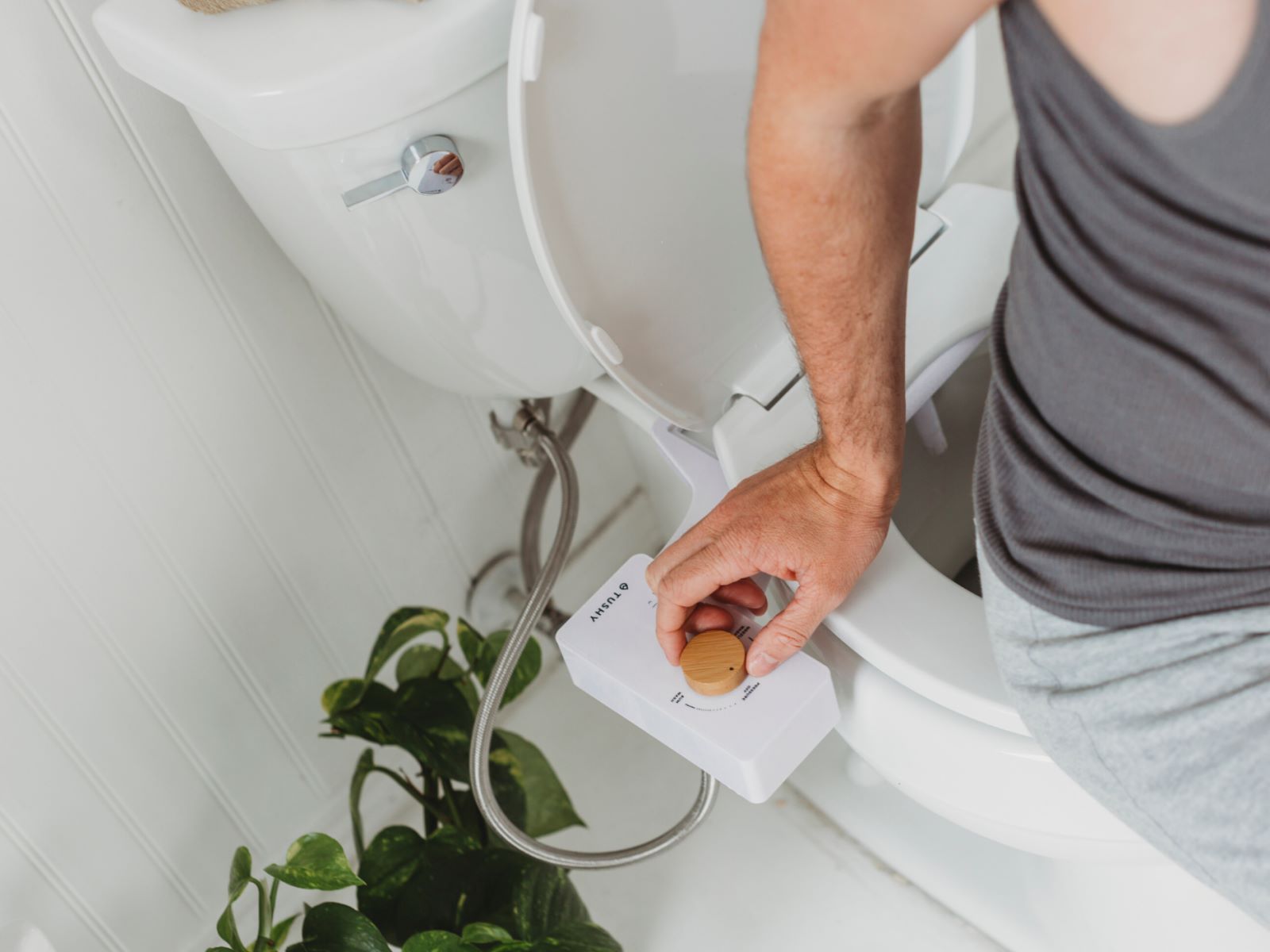
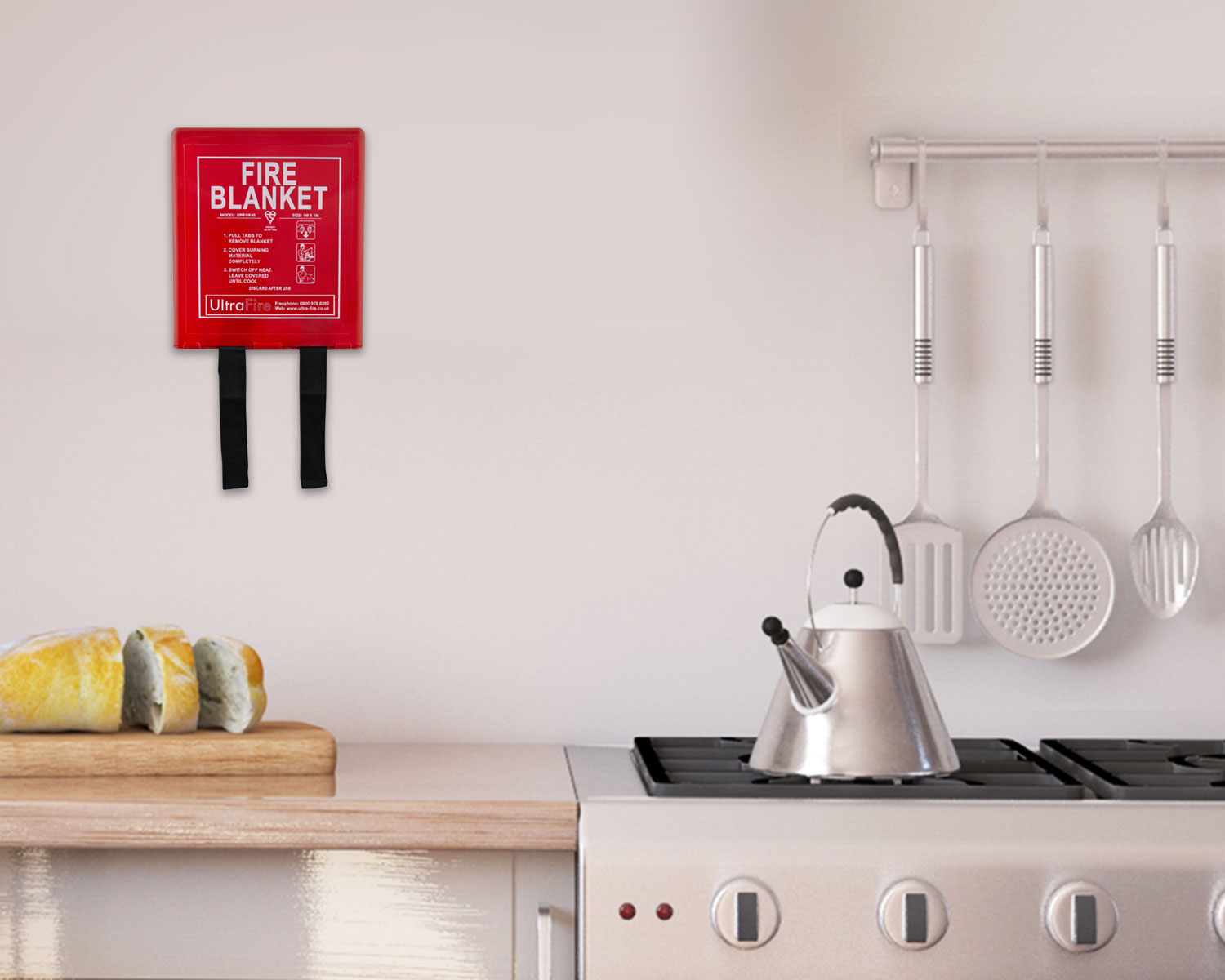
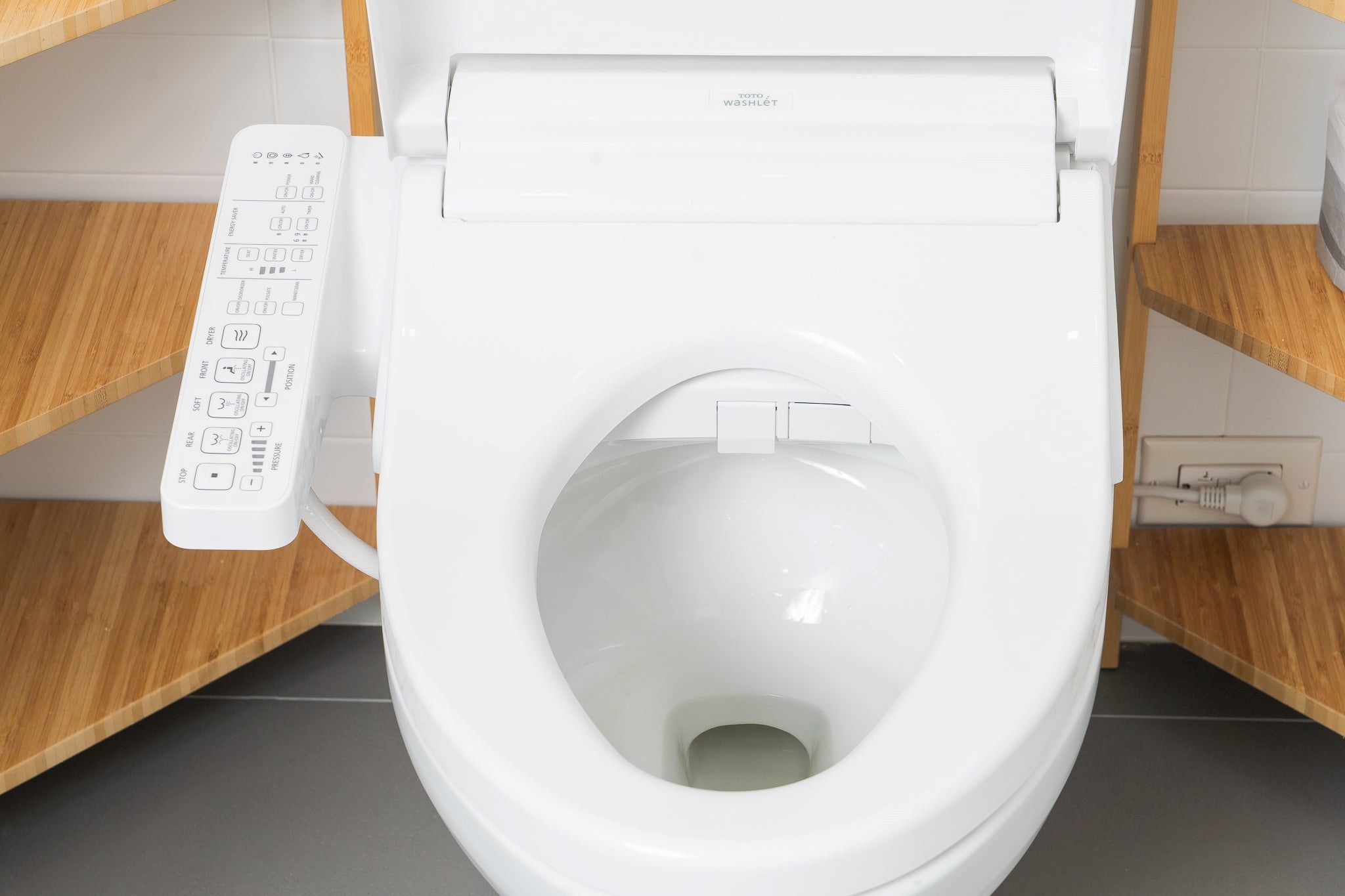
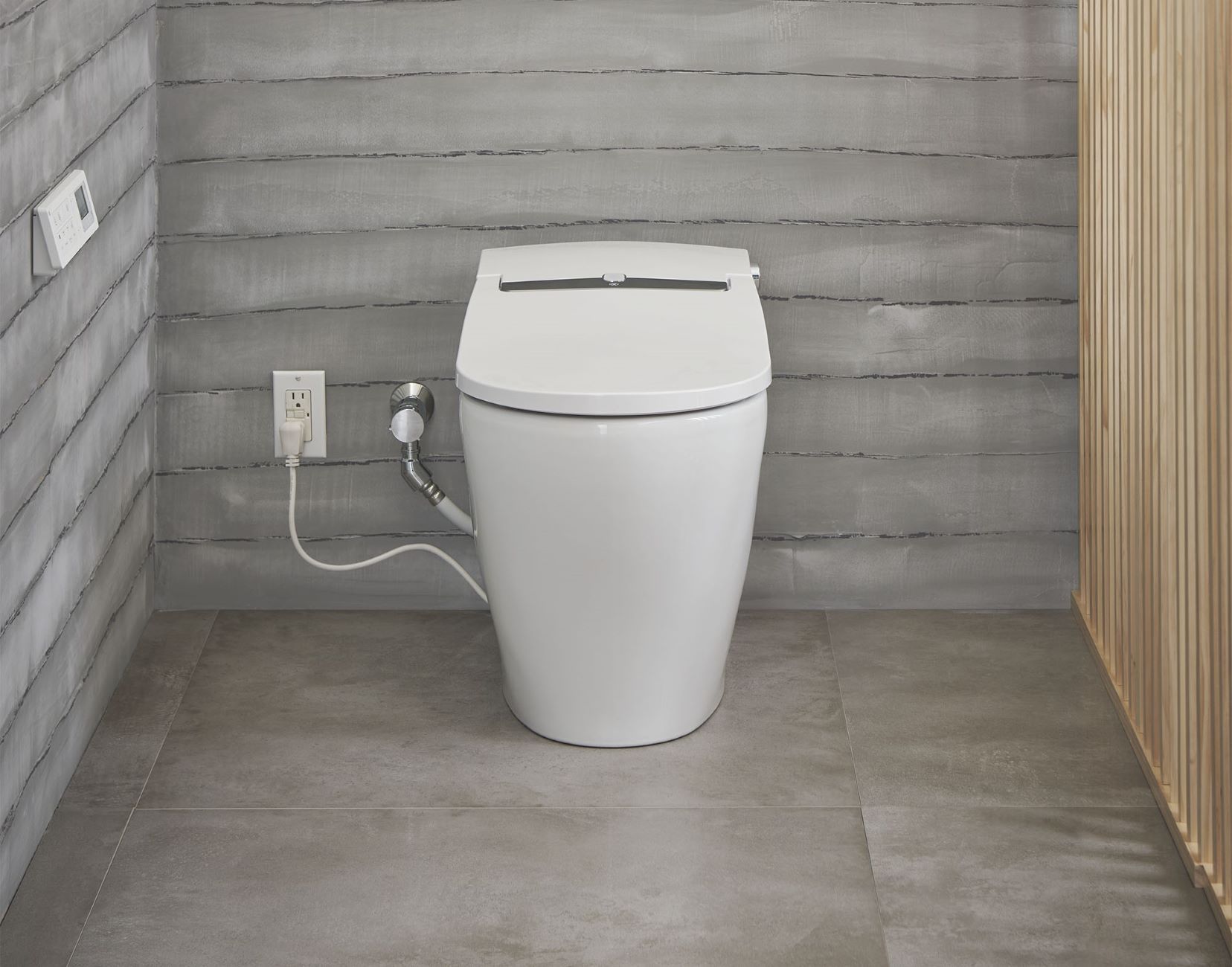
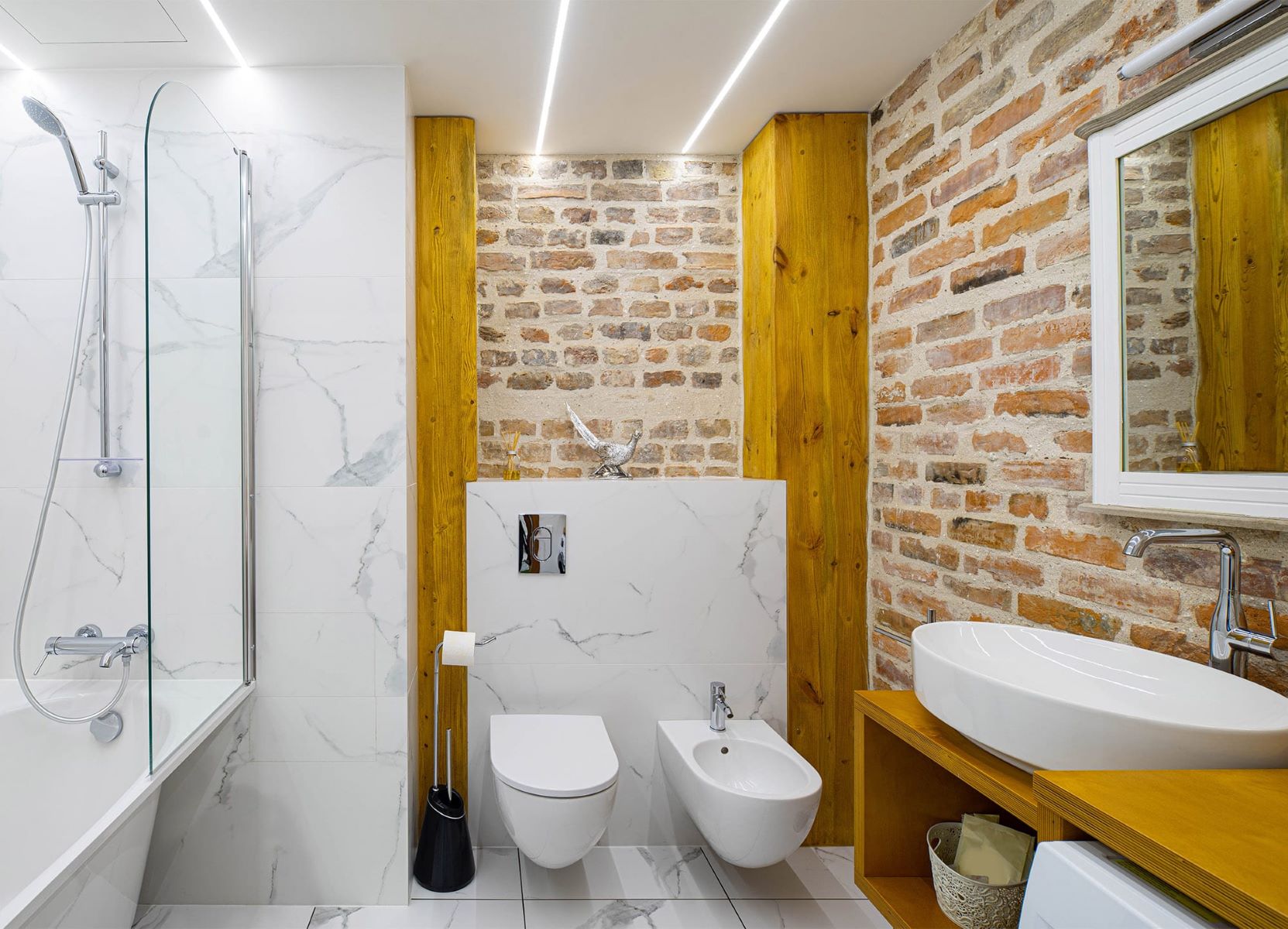
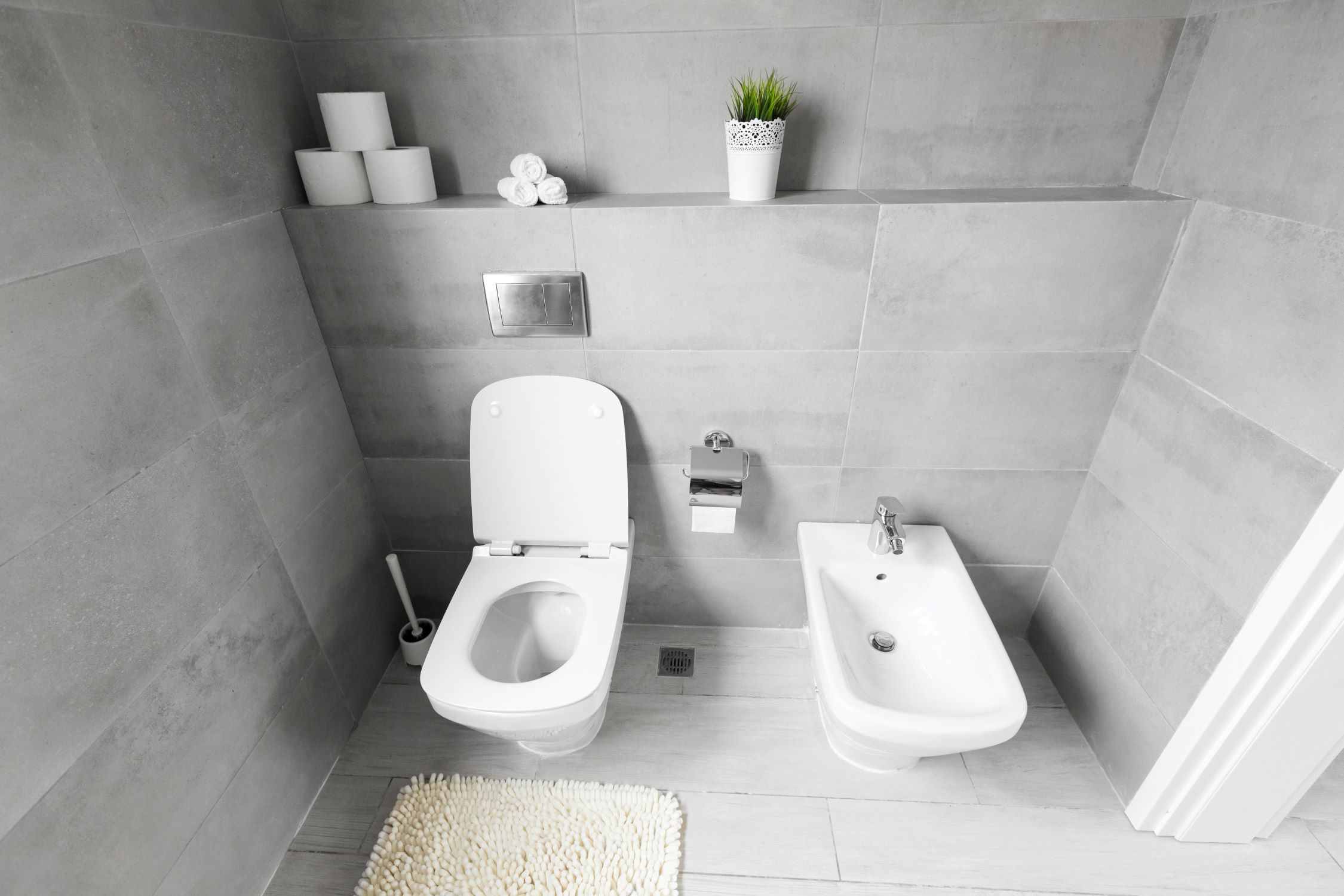
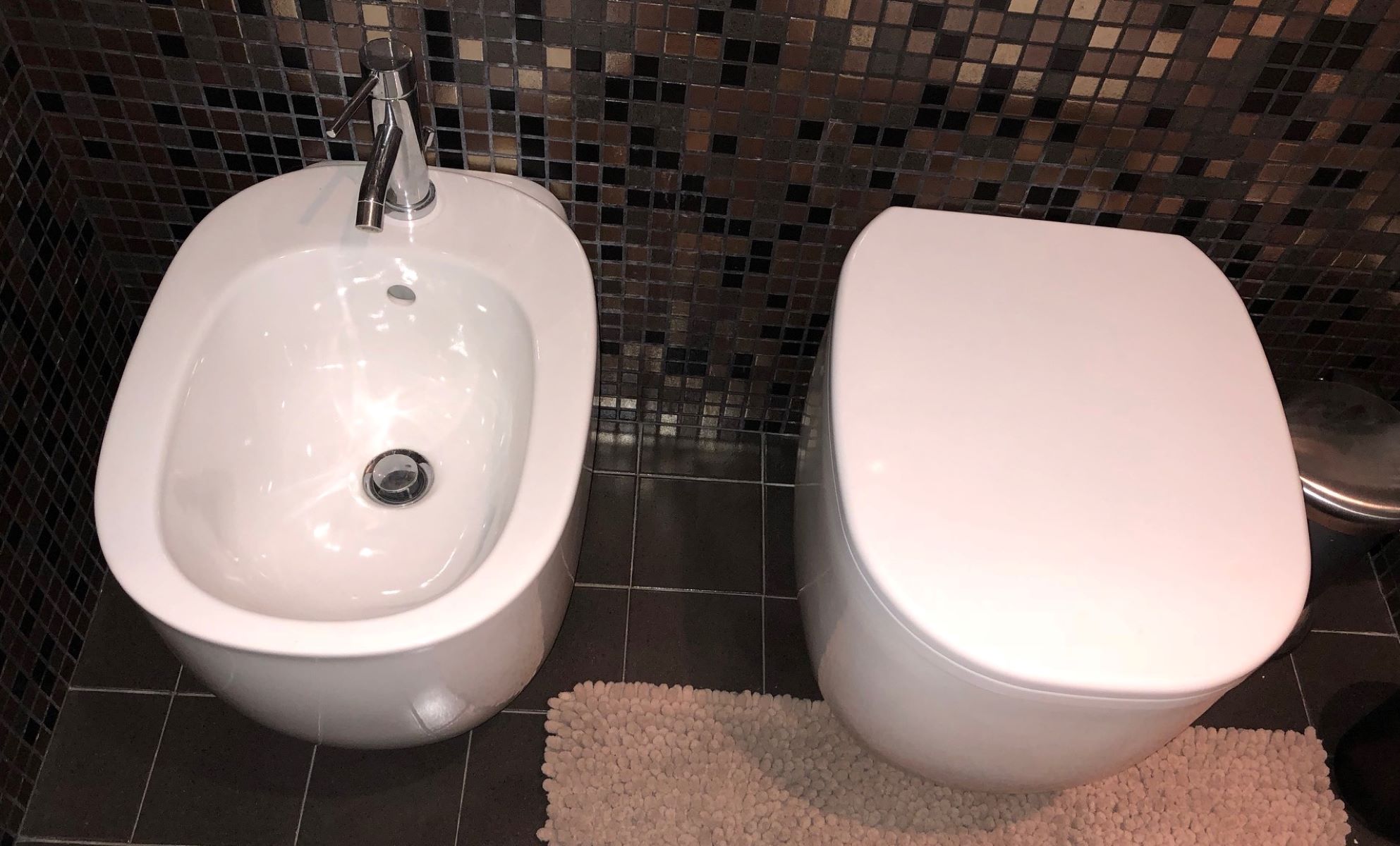
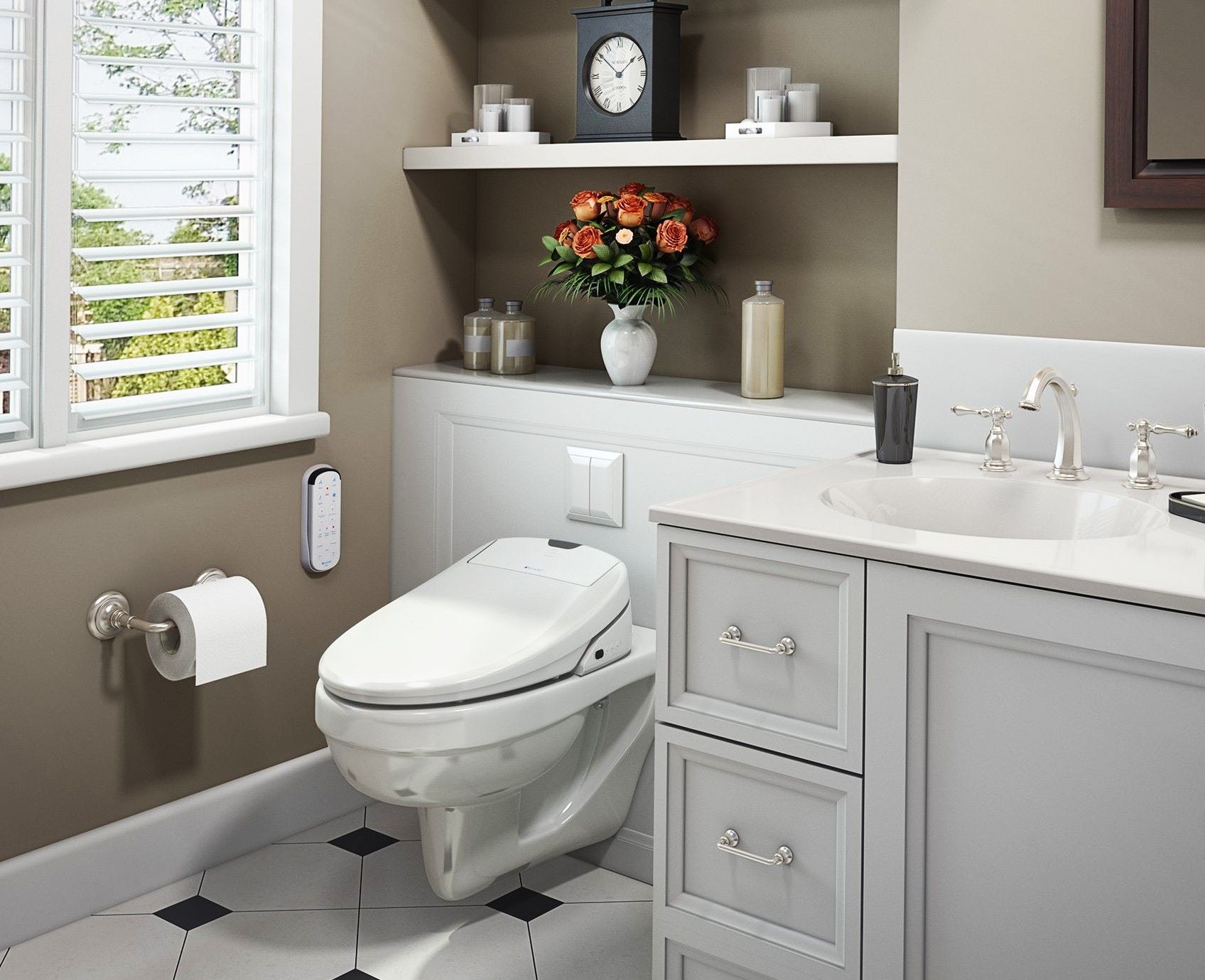
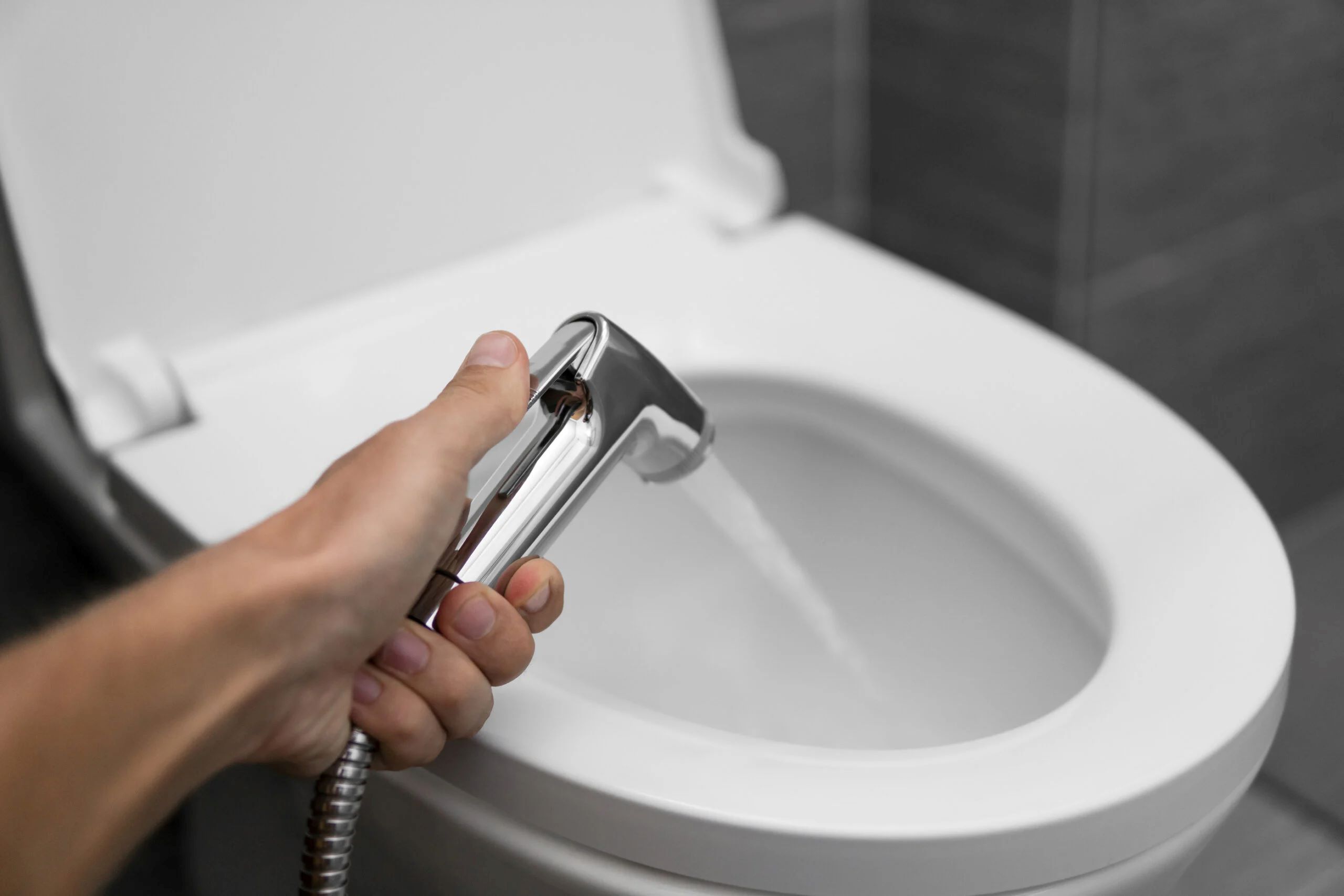
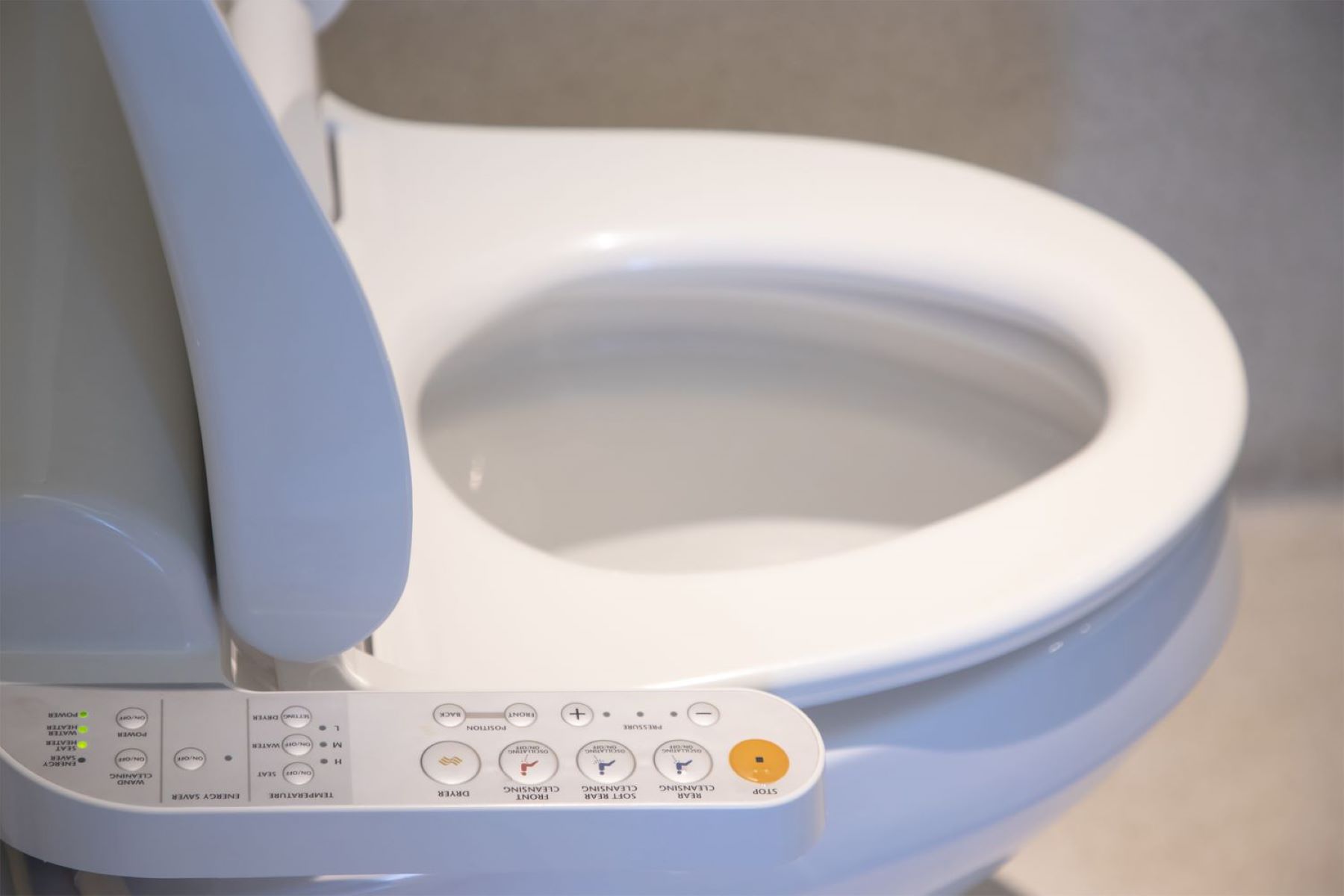
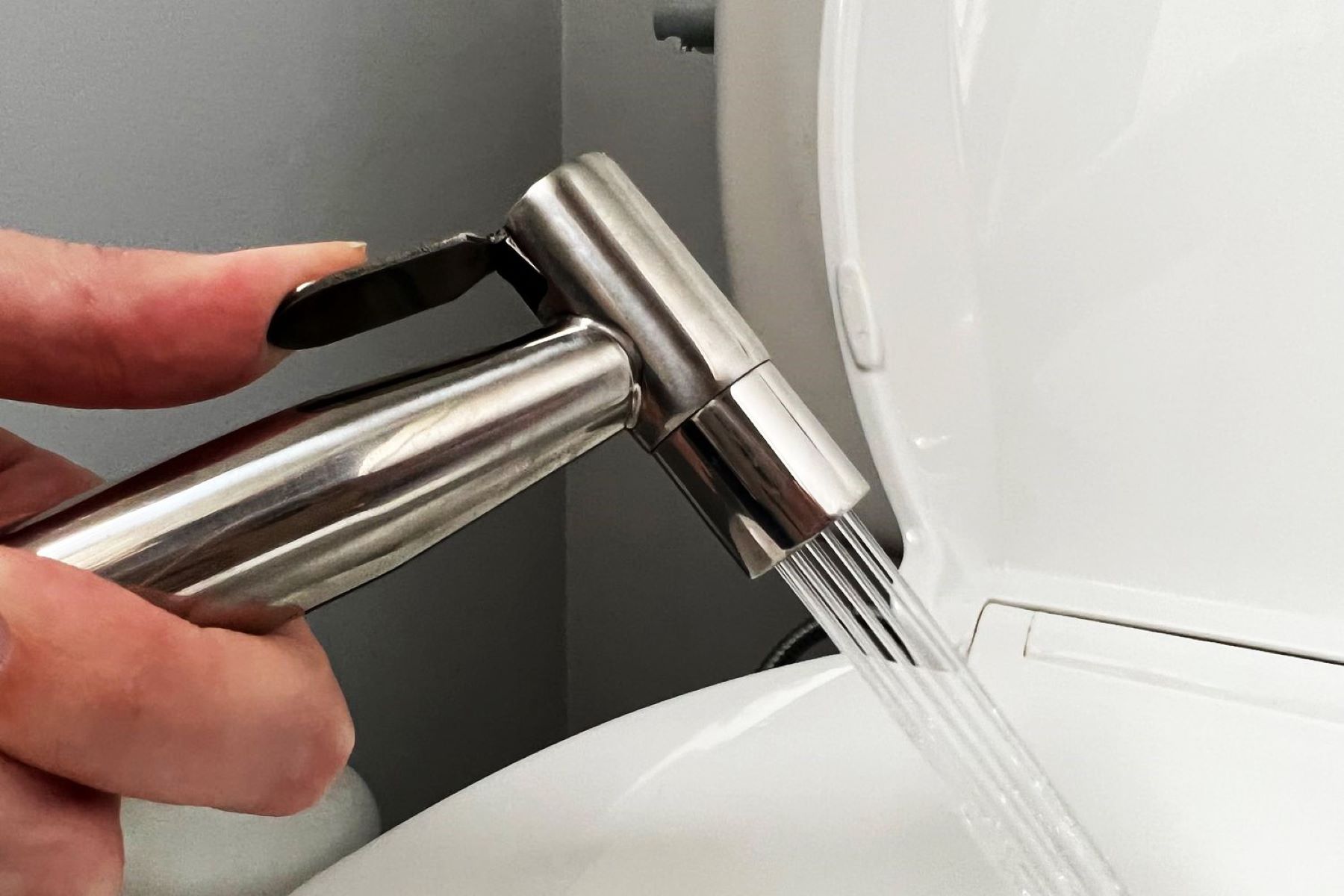
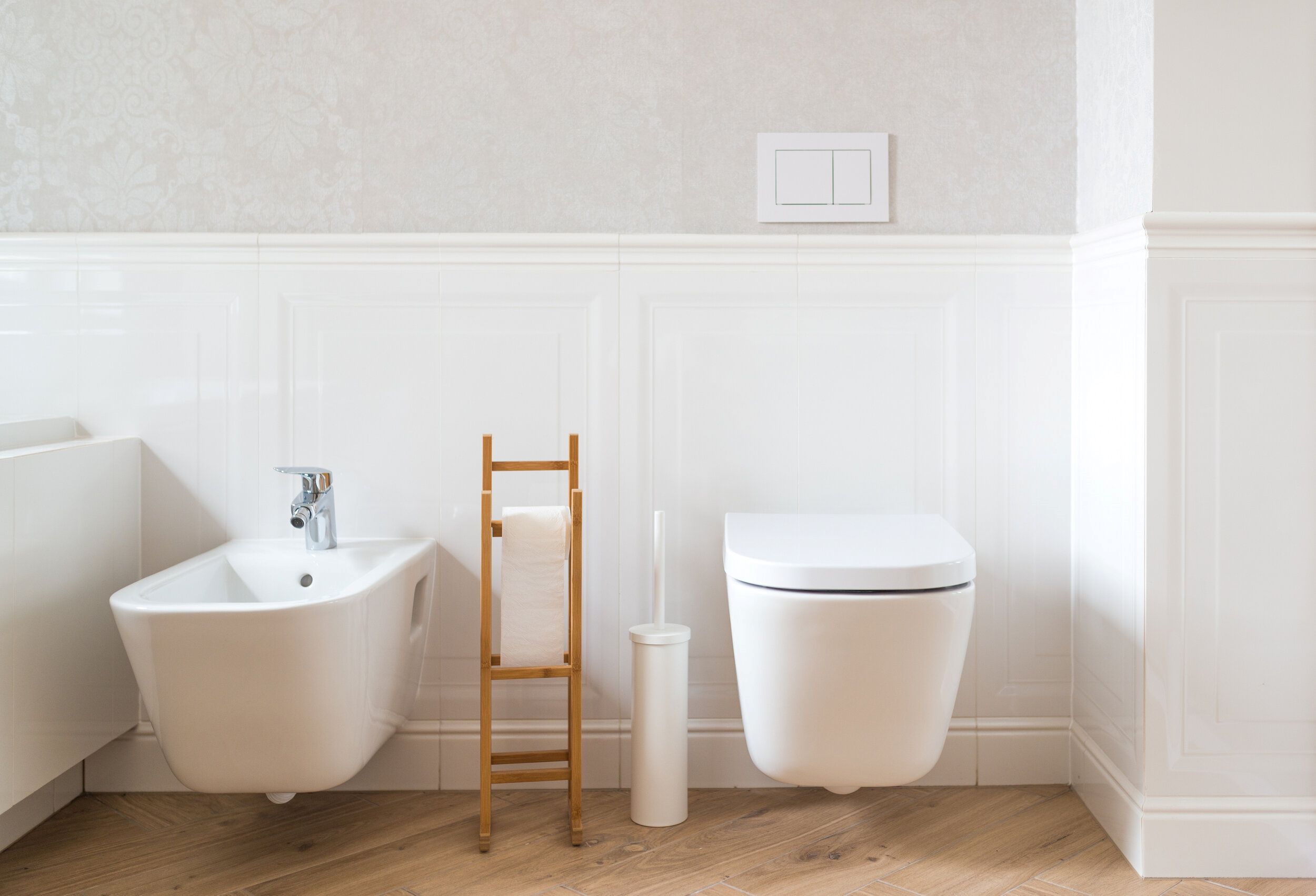

0 thoughts on “Do You Wipe When You Use A Bidet”